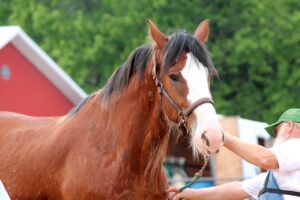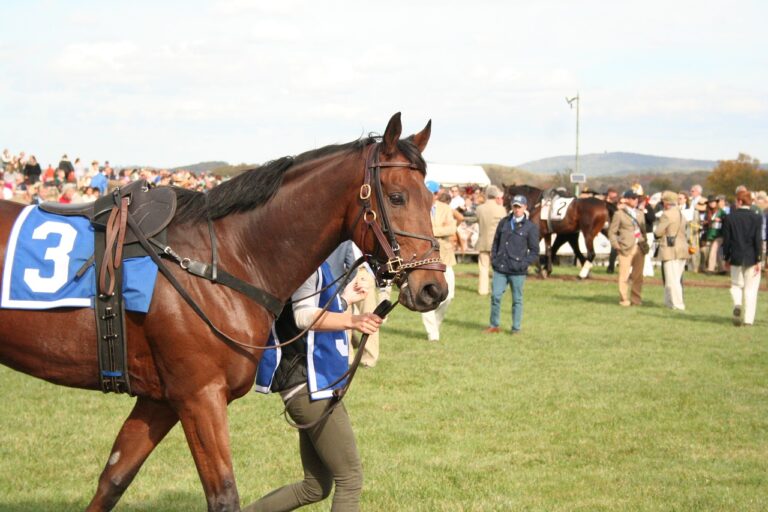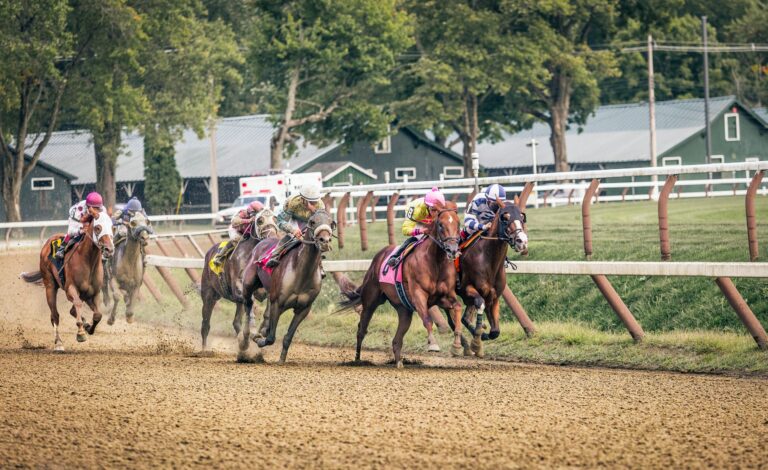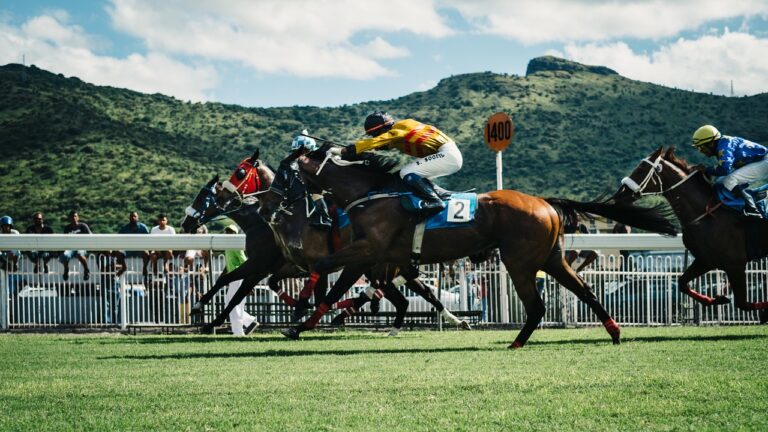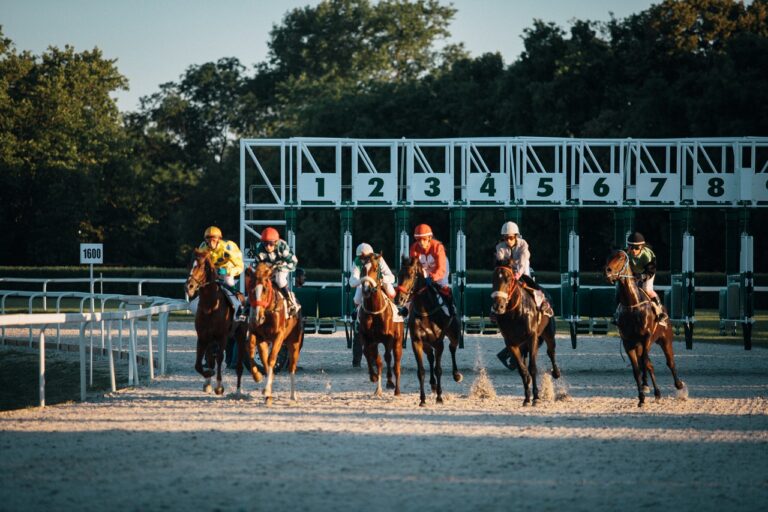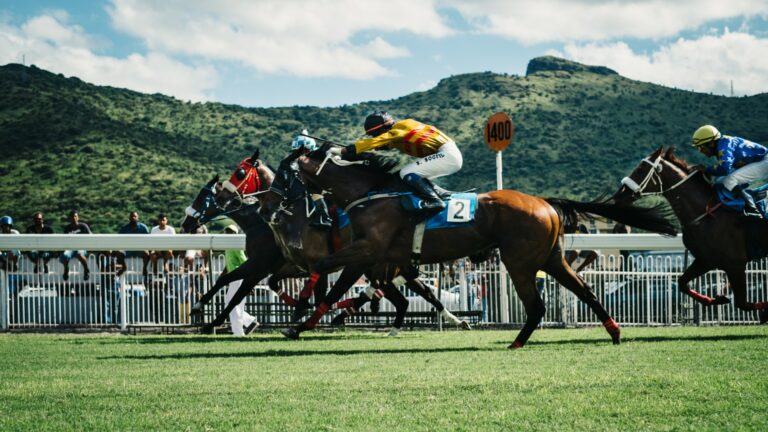Equestrian sports are becoming more and more famous as time goes by. That does not mean that everybody is familiar with how equestrian competitions work. For starters, horse racing is its own special breed of sport, which is not governed by the bodies which govern traditional equestrian disciplines.
Horse races are not just horses and jockeys racing to the finish line. There are many types of horse races and following are the most popular ones, as well as explanations of the rules for the said races.
Flat Racing
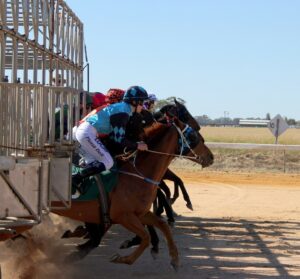
This would be the basic type of horse racing, what most people imagine when they hear horse racing. The term flat refers to the surface, or rather, the lack of obstacles on a surface. The horses would either go in a straight line or more commonly, around a course, much like runners would on a stadium.
Racers would be inside their stalls, waiting for the bell to ring or a gun to fire or any sort of signal so that the race may begin. The goal of the race is to be the first one to cross the finish line while maintaining proper race etiquette. That means racing as safely as possible, for yourself and the other competitors. One can get disqualified if the steward (referee) deems that one was not following the rules properly.
Jump Racing
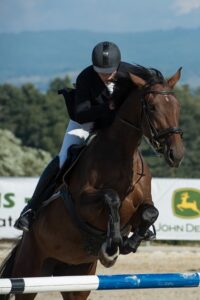
Jump racing is known by many names, from steeplechase to National Hunt in the UK. It is a race much like the flat race in terms of the course, it is either straightforward or oval. However, the jump part involves various obstacles which can vary in height and length. The goal of jump racing is to get to the finish line first while also staying as safe as possible.
Notably, jump races are more difficult than flat races and there is more inherent risk involved.
In both types of races, there can only be one winner and if the naked eye cannot be used to determine who the winner is, then a photo finish will be examined. In today’s world, technology makes it so that ties are almost impossible.
Fouls and Notable Details
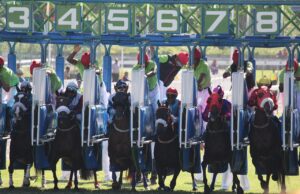
All horses and riders must start racing after the start signal has been given. Anybody starting before the signal will trigger a False Start. Horses and riders can be disqualified if they interfere with other racers, by shoving, or in any way hampering the opposition. In some races, jockeys are obligated to carry whips, but not use them.
There are also some specifics on what gear to wear and which breeds of horses can race, not to mention the age.
Horse racing is pretty straightforward compared to most sports. The rules have their own details but for most cases, these should give you what you need to enjoy your next race.
